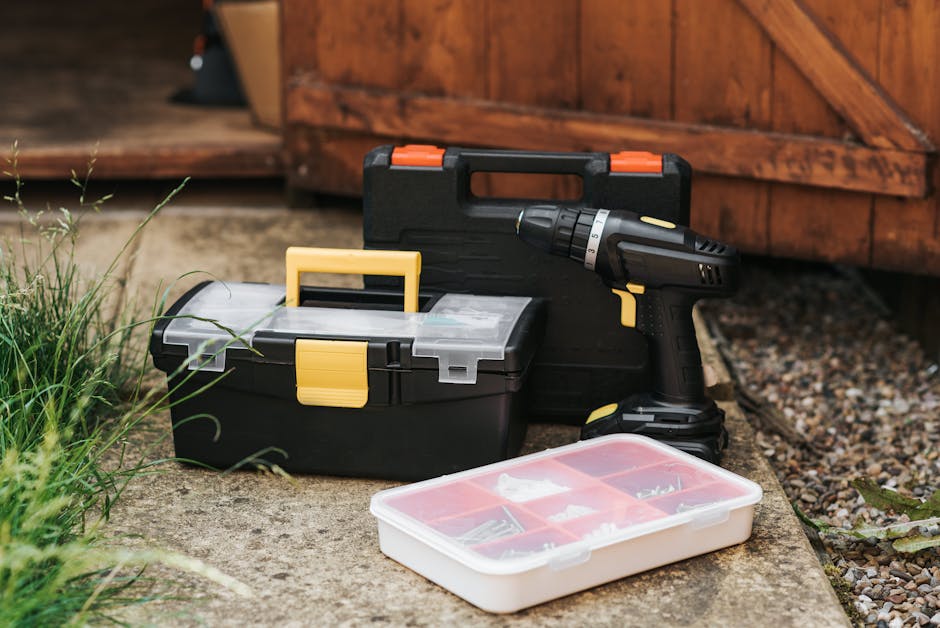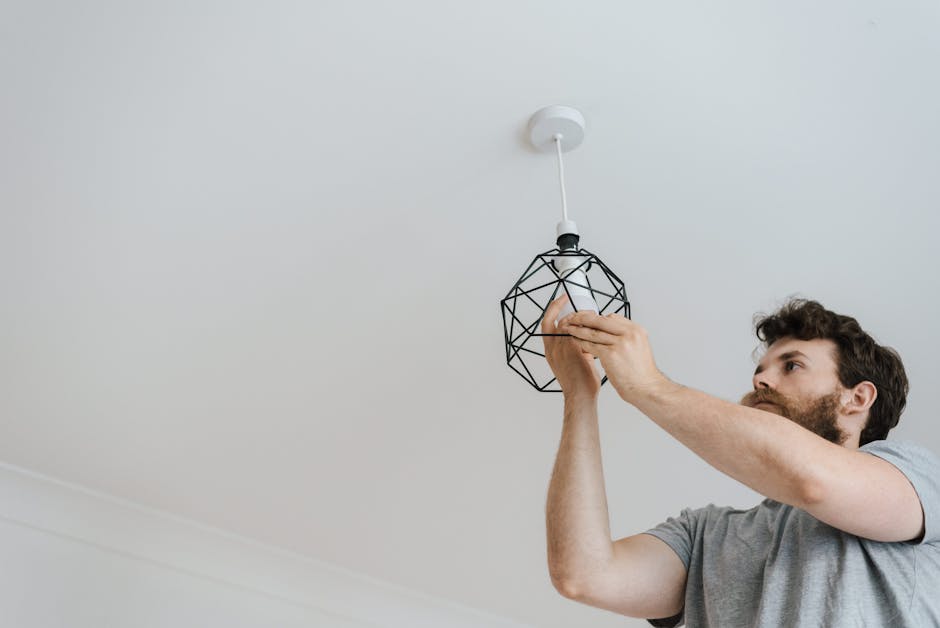Understanding the Costs of Electrical Repair Services

Electrical repair services are crucial for maintaining the safety and functionality of homes and businesses. Whether it's fixing a faulty wiring system, replacing a broken circuit breaker, or upgrading outdated electrical panels, these services ensure that our electrical systems operate efficiently and safely. However, understanding the costs associated with electrical repair services can be challenging due to the various factors involved.
Factors Influencing Electrical Repair Costs
Several elements affect the overall cost of electrical repair services. One primary factor is the complexity of the repair. Simple repairs like replacing a light switch or outlet can be relatively inexpensive, while more complicated tasks like rewiring an entire house or upgrading an electrical panel can be significantly more costly.
Another important factor is the hourly rate charged by electricians. According to data from HomeAdvisor, the average hourly rate for an electrician in the United States ranges from $50 to $100, depending on their experience and location (HomeAdvisor). Emergency services or work done outside regular business hours may also incur additional charges.
The cost of materials and parts required for the repair also plays a significant role. High-quality materials may cost more upfront but often lead to better long-term performance and safety. Conversely, opting for cheaper materials might save money initially but could result in more frequent repairs.
Types of Electrical Repairs and Their Costs
The costs of electrical repairs vary widely based on the type of service needed. Here is a breakdown of some common electrical repairs and their typical price ranges:
- Light Fixture Replacement: $65 - $200 per fixture
- Outlet Replacement: $80 - $150 per outlet
- Circuit Breaker Replacement: $150 - $300 per breaker
- Electrical Panel Upgrade: $1,000 - $2,500
- Whole House Rewiring: $6,000 - $20,000
These estimates provide a general idea but actual costs can vary based on regional pricing differences and specific project requirements.
The Importance of Professional Electrical Services
Attempting DIY electrical repairs can be dangerous and may lead to severe injury or property damage. Professional electricians possess the necessary skills, knowledge, and equipment to perform repairs safely and effectively. They also ensure that all work complies with local building codes and regulations, which is essential for preventing potential legal issues down the line.
A professional electrician's expertise can help identify underlying problems that might not be apparent to an untrained eye. For instance, frequent circuit breaker trips might indicate deeper issues like overloaded circuits or faulty wiring that require comprehensive solutions rather than quick fixes.
Cost-Saving Tips for Electrical Repairs
While electrical repairs are often unavoidable, there are ways to manage costs without compromising on quality or safety. Here are some practical tips:
- Regular Maintenance: Regularly inspecting your electrical systems can help identify minor issues before they escalate into major problems.
- Get Multiple Quotes: Comparing quotes from several electricians can help you find competitive pricing for your repair needs.
- Avoid Emergency Calls: Scheduling non-urgent repairs during regular business hours can help avoid higher rates associated with emergency services.
- Bundle Repairs: If you have multiple electrical issues, addressing them all at once can save on labor costs compared to separate service calls.
Table of Average Electrical Repair Costs by Type
| Type of Repair | Average Cost Range (USD) |
|---|---|
| Light Fixture Replacement | $65 - $200 per fixture |
| Outlet Replacement | $80 - $150 per outlet |
| Circuit Breaker Replacement | $150 - $300 per breaker |
| Electrical Panel Upgrade | $1,000 - $2,500 |
| Whole House Rewiring | $6,000 - $20,000 |
The Role of Insurance in Electrical Repair Costs
Insurance can play a crucial role in mitigating the financial burden of electrical repairs. Many homeowners' insurance policies cover damage caused by electrical issues such as power surges or fires resulting from faulty wiring. It's essential to review your policy details to understand what specific types of damage are covered and any applicable deductibles or limits.
If your insurance policy includes coverage for electrical damage, filing a claim promptly after an incident can help ensure that repair costs are reimbursed. Documenting the damage with photos and keeping records of all repair-related expenses will support your claim process.
Selecting a Reliable Electrician
Selecting a qualified and reliable electrician is vital for ensuring quality workmanship and fair pricing. Here are some tips for finding a reputable professional:
- Check Credentials: Verify that the electrician is licensed, insured, and bonded. This ensures they have met required standards and protects you from liability in case of accidents.
- Read Reviews: Look for reviews and testimonials from previous clients to gauge their reliability and customer satisfaction levels.
- Request References: Ask potential electricians for references from recent projects similar to yours.
- Evaluate Experience: Choose an electrician with substantial experience in handling the specific type of repair you need.
- Get Written Estimates: Obtain detailed written estimates outlining labor costs, material expenses, and any additional fees before commencing work.
The cost of electrical repair services can vary significantly based on factors such as complexity, materials required, and regional differences in labor rates. Understanding these variables helps consumers make informed decisions about their repair needs while managing expenses effectively. By selecting experienced professionals, conducting regular maintenance checks, and leveraging insurance coverage where applicable, homeowners can maintain safe and efficient electrical systems without overspending.
The key takeaway is that investing in professional electrical services ensures both safety and efficiency in addressing various repair needs. From minor fixes to major upgrades, understanding the cost dynamics helps manage budgets wisely while prioritizing quality workmanship.
